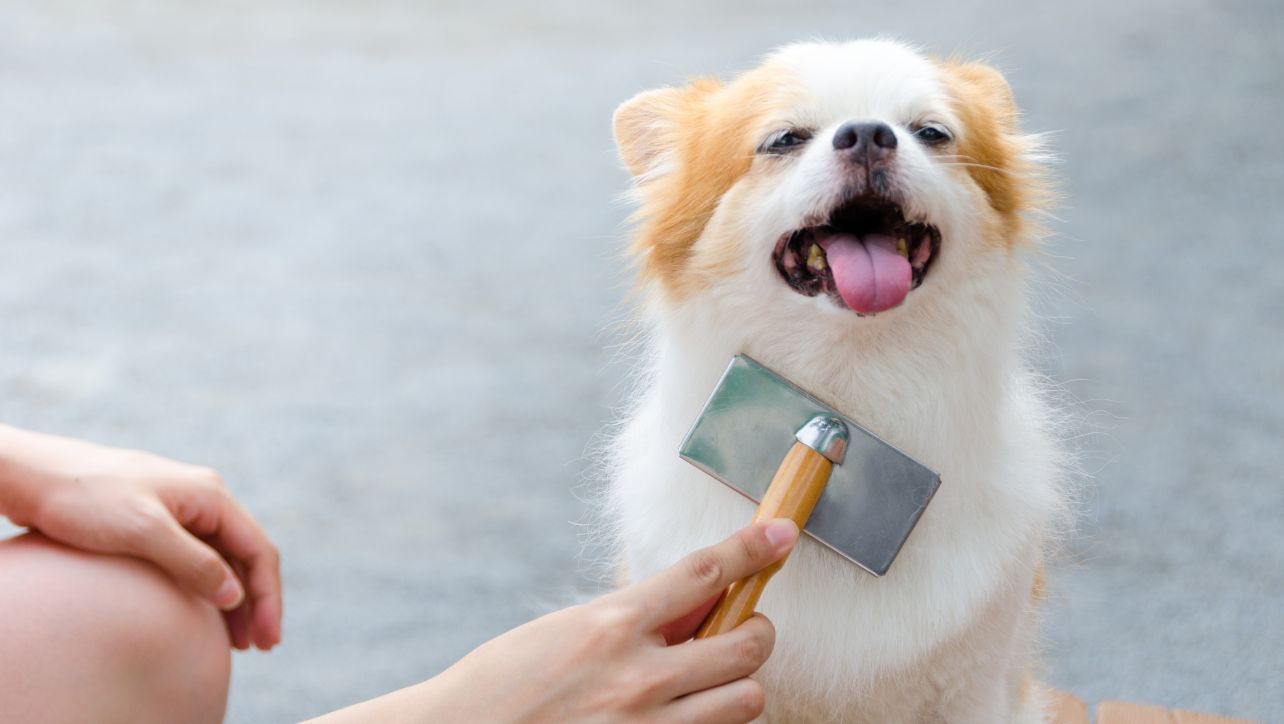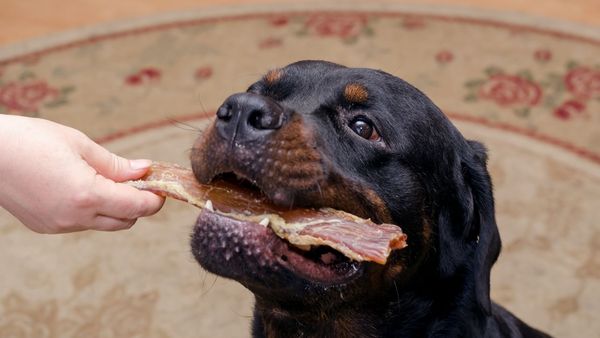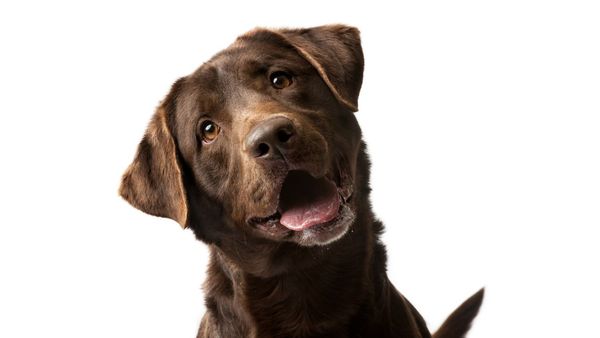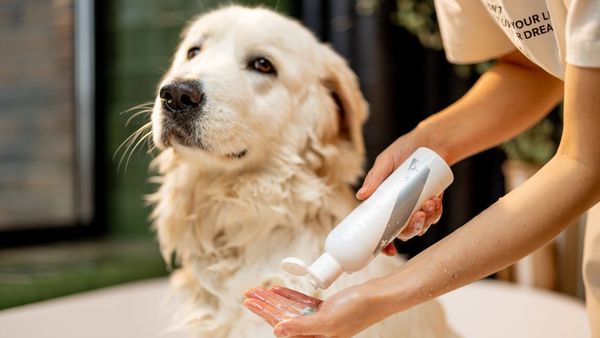I have had dogs my entire life, but brushing them isn’t one of my favorite chores, especially when we could be outside playing fetch or just throwing the frisbee around.
It's important to brush your dog every few days, regardless of their coat type. Not only does it remove any unsightly mats and stray hairs, but a good brushing session will also help keep your dog clean and comfortable.
Let's explore the key factors determining the brushing frequency.
Coat Type Matters:
Your dog's coat type plays a significant role in determining the frequency of brushing. Dogs with long hair and thick coats require daily brushing or several times weekly. This helps to prevent mats and tangles, which could cause discomfort and attract parasites.
However, dogs with short hair may only require brushing once or twice a week, as they shed less, and the hair is less likely to mat. In summary, the more hair and thickness, the more frequently you'll need to brush.
Shedding Pattern:
Some dog breeds shed heavily year-round or seasonally. Breeds such as Huskies, German Shepherds, and Labrador Retrievers have a double coat and shed heavily during certain times of the year.
For these breeds, brushing several times a week can help reduce shedding and keep the coat looking healthy.
Breeds with minimal shedding, such as Poodles and Bichon Frises, require frequent brushing to prevent matting and tangles.
Lifestyle and Environment:
Your dog's lifestyle and environment play a significant role in the frequency of brushing. Dogs that spend most of their time indoors may require less brushing than those outdoors.
If your dog enjoys rolling in the dirt, swimming, or uncontrollably moving around, it may require more frequent brushing to avoid painful mat formation.
The climate is another crucial environmental factor; dogs in colder climates with thicker coats may require more brushing to keep their fur insulation intact.
Health and Age:
Dogs with underlying health conditions such as allergies or skin infections may require more frequent brushing to keep their coats healthy and clean. Older dogs may also require more brushing as they produce fewer natural oils, resulting in a dry and itchy coat.
In comparison, puppies require much less brushing than adult dogs, and you shouldn't over brush their thin, delicate coats.
Personal Preference:
Ultimately, the frequency of brushing your dog boils down to your preference and convenience. Some pet parents prefer daily grooming their dogs, while others prefer weekly or monthly grooming.
However, as mentioned earlier, your dog's coat type, shedding pattern, lifestyle, and environment should guide your brushing routine to keep your fur baby healthy and comfortable.
What Happens If You Don't Brush Your Dog?
Brushing your dog's coat regularly is essential for maintaining overall health and hygiene. It keeps them looking good and prevents painful matting and tangling of their hair. However, have you ever wondered what happens if you don't brush your dog regularly?
Well, now, we will explore five consequences of ignoring this important grooming task.
Matted fur
The most obvious and immediate consequence of not brushing your dog is that its fur will become matted and tangled.
This happens when loose hair and dirt get trapped in their coat and form tight knots that are impossible to comb. Matted fur looks unsightly and can cause skin irritations and infections and even restrict your dog's movement.
In severe cases, it can result in the need to shave the fur off entirely to prevent it from affecting your dog's health.
Skin Problems
Poor grooming habits can also expose your dog to many skin problems. When debris isn't removed promptly from your dog's coat, it can develop hot spots - areas of skin that are inflamed, red, and irritated.
Moreover, the debris can act as a breeding ground for fleas and other parasites, which can cause severe itching, discomfort, and even infections.
These skin problems can cause your dog to scratch excessively, resulting in open wounds that are vulnerable to bacterial infections.
Unpleasant Odor
Dogs not groomed regularly can develop an unpleasant odor due to the accumulation of dirt, oil, and bacteria. Additionally, bad breath, dirty ears, and anal glands that have not been expressed can all contribute to an unpleasant smell.
This odor affects your dog's quality of life and can be unbearable for you and your family.
Increased Shedding
Regular brushing keeps your dog's coat healthy and shiny by removing dead and loose hair. Without proper brushing, your dog's shedding may increase, resulting in hairs all over your home, clothing, and furniture.
While some shedding is natural, ignoring your dog's grooming needs can worsen it and be a significant source of frustration for pet owners.
Health Risks
When you don't groom your dog regularly, the accumulation of dirt, debris, and parasites can cause serious health issues. For example, if fleas are not controlled, they can cause anaemia, tapeworms, and even the transmission of diseases like Lyme.
Furthermore, bacteria and yeast present in matted fur can create infections requiring antibiotics, medications, and even surgery.
Bottom Line:
Brushing your dog is a vital aspect of pet care. Determining how often should you brush your dog depends on factors such as coat type, shedding pattern, lifestyle, environment, age, and personal preference.
As a responsible pet owner, you should consider these factors and develop a grooming routine that best suits your dog's needs to maintain healthy skin and a shiny coat.
Regular grooming sessions can also provide an excellent opportunity to check for lumps, bumps, and other health concerns and it can help to reinforce the bond between you and your pooch. Click this link to find our top picks for dog brushes.
And as always, get out there and Love Life!







